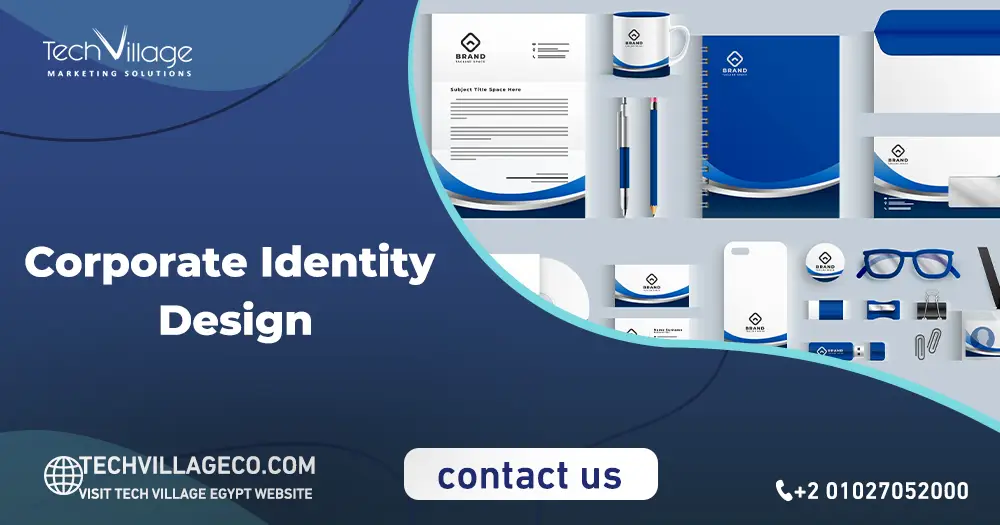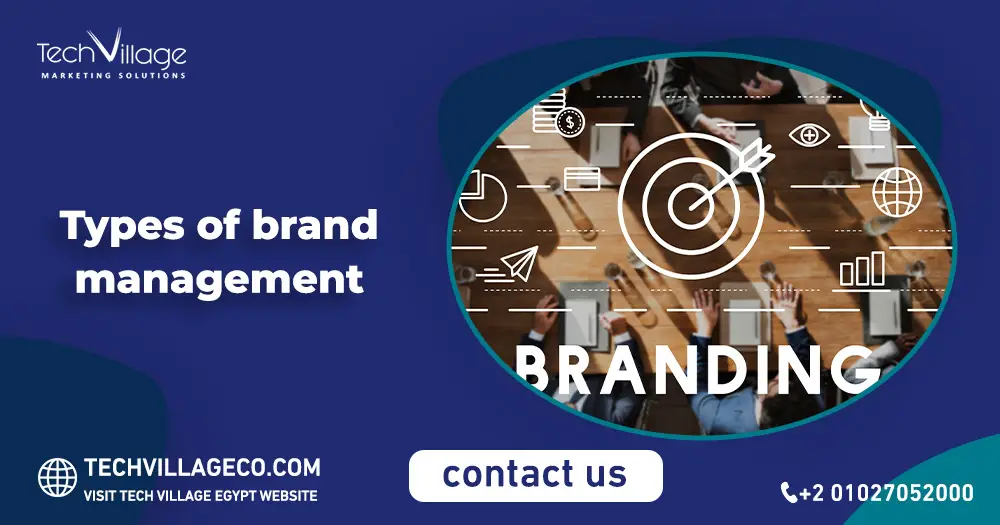Corporate identity management is one of the essential elements that contribute to building a company’s image and enhancing its position in the market. It is about how the organization represents itself, and how the public perceives it, whether through the logo, colors, design, or the values it reflects. Corporate identity is an integral part of marketing and communication strategies, as it directly affects how customers interact with the brand and how loyalty is enhanced. In an era of increasing competition in various sectors, it becomes necessary to have a clear and integrated vision for corporate identity management, which contributes to distinguishing the organization from competitors and helps it achieve its strategic goals.
Table of Contents
ToggleWhat Is The Concept Of Corporate Identity
The concept of corporate identity management refers to the comprehensive image that the organization presents to the public, which reflects its values, vision, and principles. Corporate identity includes visual elements such as the logo, colors, and design of marketing materials, in addition to the messages that the company conveys through its communications.
It also relates to the behaviors and internal culture of the organization, and how it deals with customers and society. Corporate identity is a fingerprint that distinguishes each organization, as it affects how customers perceive it and determines how they interact with it. By developing a strong corporate identity, organizations can enhance customer loyalty and increase brand recognition, contributing to sustainable success in a competitive business environment.
Read also: How To Make Your Brand.
The Main Purpose Of Corporate Identity Management
The main purpose of corporate identity management represents in the following points;
- Enhancing distinction and differentiation: Helps distinguish the organization from competitors through a unique identity that makes it easy to recognize.
- Building trust and loyalty: Enhances trust between customers and the organization, leading to increased brand loyalty.
- Unifying the message: Ensures that all the organization’s messages, whether marketing or communication, are consistent and reflect the values of the corporate identity.
- Improving the public image: Contributes to building a positive image among the public, which increases the organization’s reputation.
- Supporting marketing strategies: Provides a strong foundation for marketing strategies, facilitating effective communication with the target market.
- Enhancing internal culture: Contributes to enhancing the organizational culture by defining the values and principles adopted by the organization.
Get to know: Incorporation Of Company Branding And Seo.
How To Develop A Corporate Identity?
Developing a corporate identity management requires a comprehensive and integrated approach that takes into account the various aspects of the organization. The following steps can be followed to achieve this:
- Defining values and vision: The organization’s future vision and basic values must be well-defined. These values will form the foundation on which the corporate identity will be built.
- Conduct market research and analysis: Knowing the target market and rivals is crucial. This requires studying how customers perceive the brand and what makes it stand out from others in the market.
- Design visual identity elements: This includes developing the logo, colors, fonts, and marketing materials. These elements should reflect the specific values and vision of the organization.
- Develop a communication strategy: This strategy should include how to communicate with the public across different channels, while maintaining consistency in messaging.
- Share the identity with employees: All employees should be aware of the new corporate identity and how to embody it in their daily interactions. Training and workshops can do this.
- Evaluate the identity periodically: There should be a mechanism to evaluate the corporate identity management periodically to ensure that it remains consistent with market expectations and changes in the competitive environment.
- Leverage feedback: The organization should be open to feedback and opinions from customers and the community. This feedback can provide valuable insights that help improve the identity.
Get to know: Company Profile Design Services.
What Are The Different Types Of Corporate Identity?
There are many types of corporate identity management, and each type plays an important role in shaping the organization’s overall image and enhancing its interaction with the public. The following are the most prominent types of corporate identity:
1. Visual Identity:
includes visual elements such as the logo, colors, and the overall design of marketing materials. The visual identity aims to create a strong first impression and. enhance brand recognition.
2. Verbal Identity:
Relates to.the language and style used in corporate communications, including the logo,.advertising content, and tone of voice. Verbal identity reflects the organization’s personality and how it communicates with its audience.
3. Behavioral Identity:
Refers to how the organization behaves in daily interactions with customers and society. This identity includes the level of service, professional ethics, and organizational culture.
Read also: what is brand management benefits?
4. Digital Identity:
Relates to the organization’s digital presence on the Internet, including the website, social media accounts, and digital content. The digital identity reflects how the organization interacts with its audience across digital platforms.
5. Social Identity:
Focuses on how the organization impacts society and its contribution to social responsibility. It includes charitable activities, environmental initiatives, and partnerships with local community organizations.
6. Cultural Identity:
Refers to the values and principles that the organization adopts, and how these values are reflected in its internal and external dealings. Cultural identity enhances employee loyalty and is directly linked to the organization’s performance.
7. Sub-corporate Identity:
Relates to the different branches or departments within the organization, each of which can have its own identity that reflects the nature of its activities while maintaining consistency with the organization’s main identity.
8. Experiential Identity:
focuses on the customer’s experience with the brand, from the moment of awareness to the final interaction. This identity includes all touchpoints that customers are exposed to the organization.
Read also: Brand Identity Vs Brand Strategy.
Why Is Corporate Identity So Important?
According to Tech Village, Corporate identity management is vital because it serves as the foundation of a brand’s image and the perception it builds in the market. It is the visual and conceptual representation of a company’s values, mission, and uniqueness.
A strong corporate identity management not only makes a brand memorable but also fosters trust and credibility among customers. By consistently communicating a clear and distinct identity, businesses can differentiate themselves from competitors, attract loyal customers, and reinforce their message.
Moreover, corporate identity management impacts internal culture, giving employees a sense of pride and alignment with the company’s purpose, which can lead to higher motivation and productivity. In an increasingly competitive business landscape, a cohesive corporate identity is essential to establishing a lasting, meaningful connection with stakeholders and achieving long-term success.
Conclusion
In conclusion, effective corporate identity management is crucial for building a lasting brand presence and fostering trust with audiences. By maintaining consistency, aligning visuals and messaging with core values, and regularly monitoring market perceptions, Businesses can safeguard and improve the reputation of their brands.
A well-managed corporate identity not only differentiates the company from competitors but also creates a unified, memorable experience for customers and employees alike. As businesses evolve, a strong commitment to identity management ensures that their brand remains authentic, relevant, and resilient in a dynamic market.
FAQ
How To Build A Corporate Identity?
Building a corporate identity starts with defining the core values, mission, and vision that reflect what the company stands for. This foundation guides the design of visual elements like logos, color schemes, and typography, which together form a cohesive brand image.
How To Manage Corporate Identity?
Managing corporate identity involves ensuring that the brand’s image remains consistent and aligned with its values across all channels. This starts with creating guidelines for brand use, covering everything from logo placement to tone of communication.

 AR
AR




